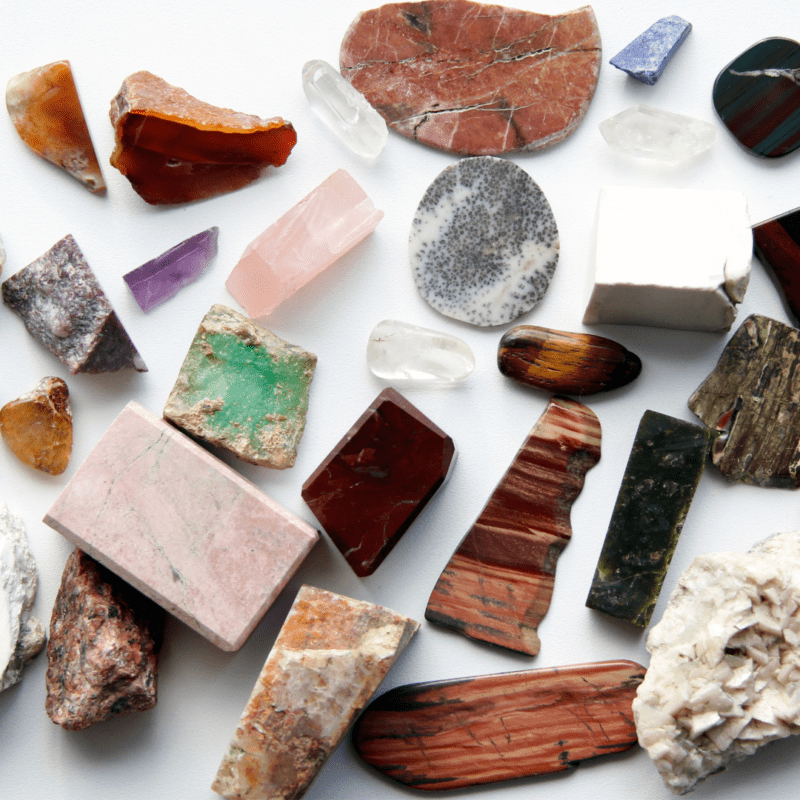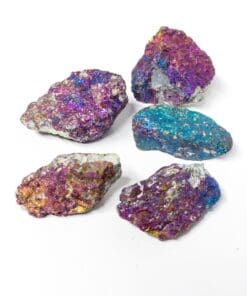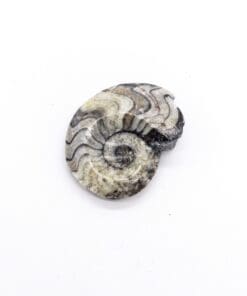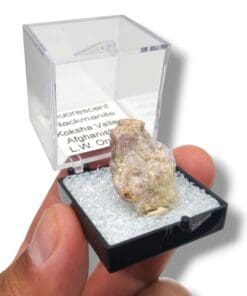Mineral Rocks Uncovered: Everything You Need to Know About Types, Identification, Extraction, and Conservation
Mineral rocks are some of the most fascinating and important substances on our planet. From diamonds to coal, minerals and rocks are used in almost every aspect of modern life. In this article, we will explore the different types of mineral rocks, how they are identified, extracted, and conserved.
Types of Mineral Rocks
There are three main types of mineral rocks: igneous, sedimentary, and metamorphic rocks. Igneous rocks are formed from molten magma or lava and include rocks like granite and basalt. Sedimentary rocks are formed from the accumulation of sediments, such as sand or mud, and include rocks like sandstone and limestone. Metamorphic rocks are formed from the transformation of existing rocks under heat and pressure, and include rocks like marble and slate.



Each type of mineral rock has unique characteristics, such as color, texture, and hardness. These characteristics are used to identify minerals and rocks, which is an important skill for geologists and rock collectors.
Mineral Identification
Mineral identification is the process of determining the type of mineral or rock based on its physical and chemical properties. Some common physical properties used to identify minerals include color, streak, luster, and crystal form. For example, quartz is typically clear or white in color, has a glassy luster, and has a hexagonal crystal form.
Chemical properties, such as the mineral’s composition and reaction to acid, can also be used to identify minerals. For example, calcite fizzes when it comes into contact with acid, while quartz does not.
Mineral Extraction
Mineral rocks are extracted from the earth and processed for various uses, such as construction, manufacturing, and energy production. The extraction process can vary depending on the type of mineral and the location of the deposit.
Mining is a common method used to extract minerals from the earth. It involves drilling and blasting to break up the rock, then removing the mineral through excavation or pumping. Other methods, such as quarrying and hydraulic fracturing, may also be used for specific types of minerals.
Mineral Conservation
Conserving mineral resources is important for both environmental and economic reasons. Recycling, reuse, and sustainable mining practices are all methods used to conserve mineral resources.
Recycling is the process of recovering materials from products at the end of their useful life and reusing them in new products. For example, scrap metal can be melted down and used to create new metal products.
Reuse involves using materials or products multiple times before disposing of them. For example, glass bottles can be washed and refilled with a new product, rather than being thrown away.
Sustainable mining practices involve minimizing the environmental impact of mining operations and reducing waste. This can include using advanced technology to reduce the amount of water and energy used in mining, as well as restoring mined land to its original state after the operation is complete.
Conclusion
Mineral rocks are fascinating substances that play a vital role in our lives. By understanding the different types of mineral rocks, how they are identified, extracted, and conserved, we can appreciate their importance and work towards using them sustainably. We hope this article has provided valuable insights into the world of mineral rocks. For further learning, check out our recommended resources on the topic.




